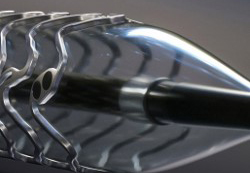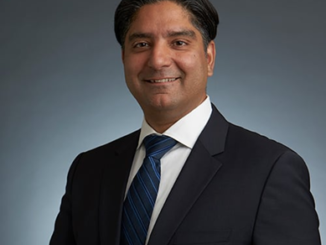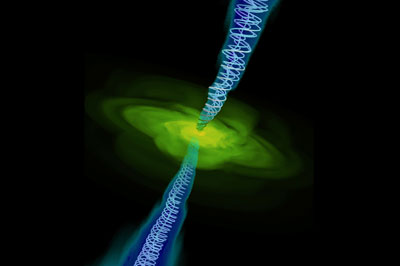
Using the second fastest supercomputer in the world, a scientist at the US Department of Energy’s Ames Laboratory is attempting to develop a more efficient process for purifying rare-earth materials.
Dr. Nuwan De Silva, a postdoctoral research associate at the Ames Laboratory’s Critical Materials Institute, said CMI scientists are honing in on specific types of ligands they believe will only bind with rare-earth metals. By binding to these rare metals, they believe they will be able to extract just the rare-earth metals without them being contaminated with other metals.
Rare-earth metals are used in cars, phones, wind turbines, and other devices important to society. De Silva said China now produces 80 to 90 percent of the world’s supply of rare-metals and has imposed export restrictions on them. Because of these new export limitations, many labs, including the CMI, have begun trying to find alternative ways to obtain more rare-earth metals.
Rare-earth metals are obtained by extracting them from their ore. The current extraction process is not very efficient, and normally the rare-earth metals produced are contaminated with other metals. In addition the rare-earth elements for various applications need to be separated from each other, which is a difficult process, one that is accomplished through a solvent extraction process using an aqueous acid solution.
CMI scientists are focusing on certain types of ligands they believe will bind with just rare-earth metals. They will insert a ligand into the acid solution, and it will go right to the metal and bind to it. They can then extract the rare-earth metal with the ligand still bound to it and then remove the ligand in a subsequent step. The result is a rare-earth metal with little or no contaminants from non rare-earth metals. However, because the solution will still contain neighboring rare-earth metals, the process needs to be repeated many times to separate the other rare earths from the desired rare-earth element.
The ligand is much like someone being sent to an airport to pick someone up. With no information other than a first name — “John” — finding the right person is a long and tedious process. But armed with a description of John’s appearance, height, weight, and what he is doing, finding him would be much easier. For De Silva, John is a rare-earth metal, and the challenge is developing a ligand best adapted to finding and binding to it.
To find the optimum ligand, De Silva will use Titan to search through all the possible candidates. First, Titan has to discover the properties of a ligand class. To do that, it uses quantum-mechanical (QM) calculations. These QM calculations take around a year to finish.
Once the QM calculations are finished, Titan uses a program to examine all the parameters of a particular ligand to find the best ligand candidate. These calculations are called molecular mechanics (MM). MM calculations take about another year to accomplish their task.
“I have over 2,500,000 computer hours on Titan available to me so I will be working with it a lot,” De Silva said. “I think the short term goal of finding one ligand that works will take two years.”
The CMI isn’t the only lab working on this problem. The Institute is partnering with Oak Ridge National Laboratory, Lawrence Livermore National Laboratory and Idaho National Laboratory as well as numerous other partners. “We are all in constant communication with each other,” De Silva said.



